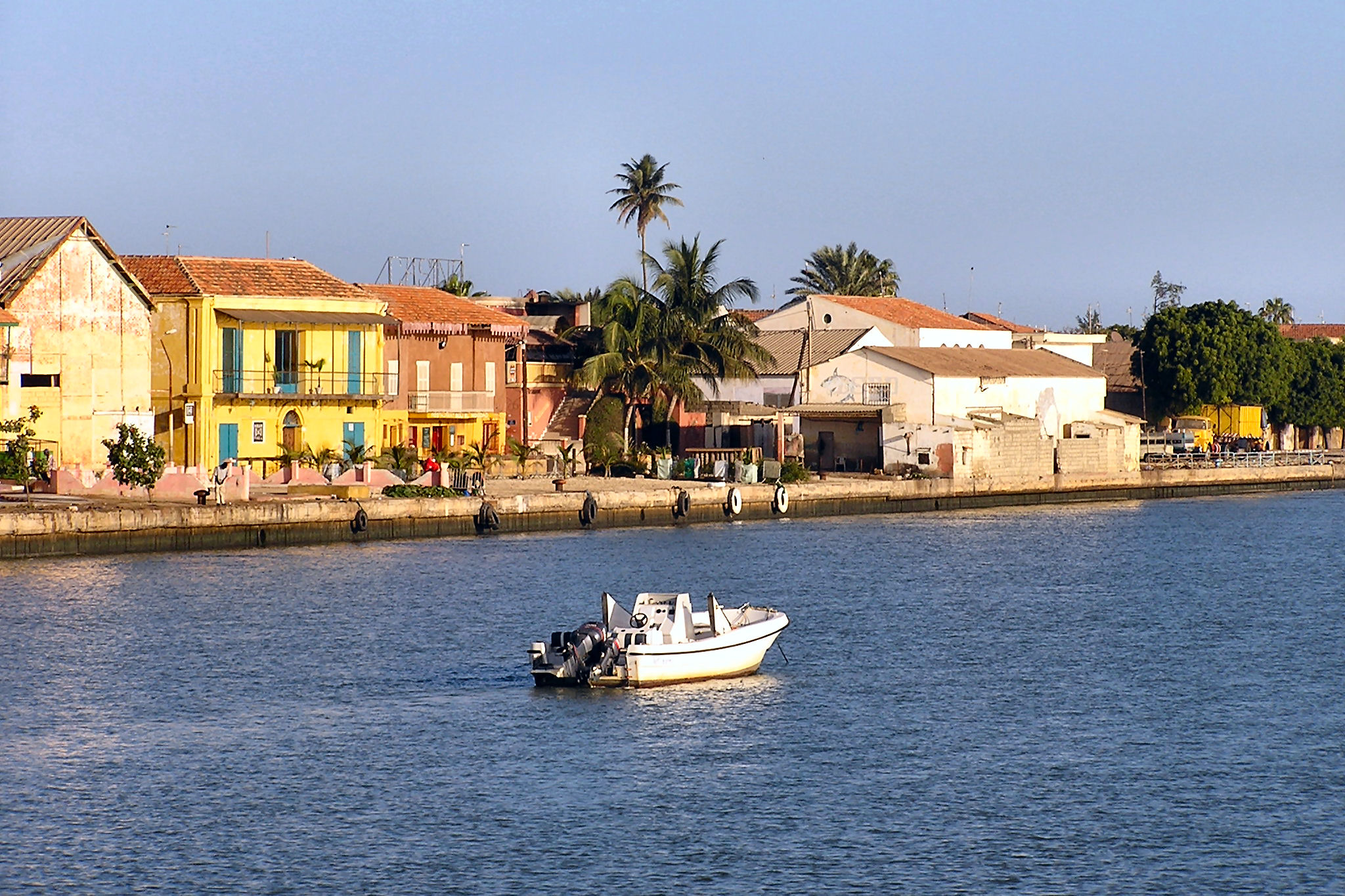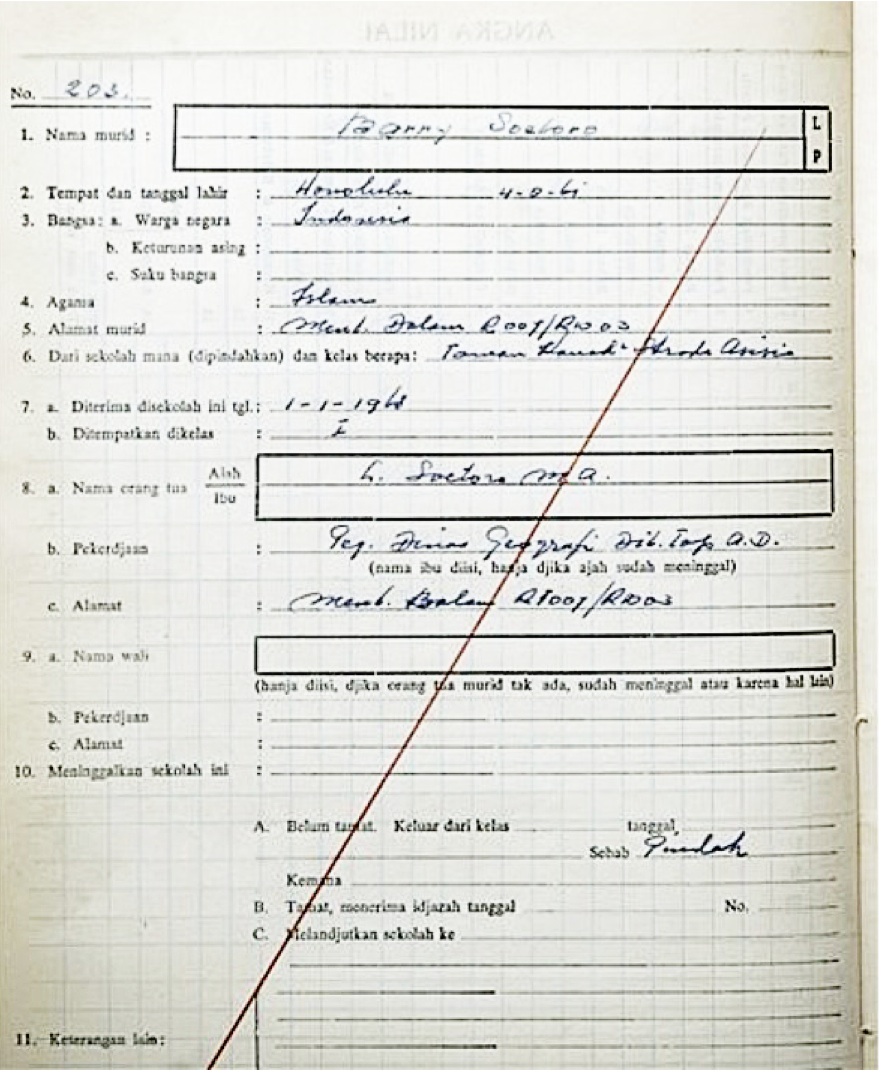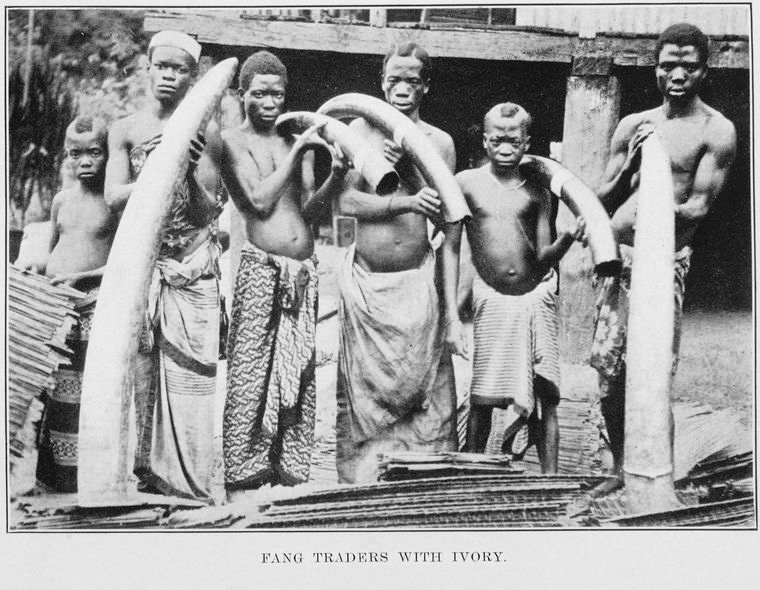|
Gorée
(; "Gorée Island"; Wolof: Beer Dun) is one of the 19 (i.e. districts) of the city of Dakar, Senegal. It is an island located at sea from the main harbour of Dakar (), famous as a destination for people interested in the Atlantic slave trade although its actual role in the history of the slave trade is the subject of dispute. Its population as of the 2013 census was 1,680 inhabitants, giving a density of , which is only half the average density of the city of Dakar. Gorée is both the smallest and the least populated of the 19 of Dakar. Other important centres for the slave trade from Senegal were further north, at Saint-Louis, Senegal, or to the south in the Gambia, at the mouths of major rivers for trade.''Les Guides Bleus: Afrique de l'Ouest'' (1958 ed.), p. 123 It is a UNESCO World Heritage Site and was one of the first 12 locations in the world to be designated as such in 1978. The name is a corruption of its original Dutch name , meaning "good roadstead". History ... [...More Info...] [...Related Items...] OR: [Wikipedia] [Google] [Baidu] |
Dakar
Dakar ( ; ; wo, Ndakaaru) (from daqaar ''tamarind''), is the capital and largest city of Senegal. The city of Dakar proper has a population of 1,030,594, whereas the population of the Dakar metropolitan area is estimated at 3.94 million in 2021. The area around Dakar was settled in the 15th century. The Portuguese established a presence on the island of Gorée off the coast of Cap-Vert and used it as a base for the Atlantic slave trade. France took over the island in 1677. Following the abolition of the slave trade and French annexation of the mainland area in the 19th century, Dakar grew into a major regional port and a major city of the French colonial empire. In 1902, Dakar replaced Saint-Louis as the capital of French West Africa. From 1959 to 1960, Dakar was the capital of the short-lived Mali Federation. In 1960, it became the capital of the independent Republic of Senegal. History The Cap-Vert peninsula was settled no later than the 15th century, by the Lebu peop ... [...More Info...] [...Related Items...] OR: [Wikipedia] [Google] [Baidu] |
House Of Slaves
The House of Slaves (''Maison des Esclaves'') and its Door of No Return is a museum and memorial to the victims of the Atlantic slave trade on Gorée Island, 3 km off the coast of the city of Dakar, Senegal. Its museum, which was opened in 1962 and curated until Boubacar Joseph Ndiaye's death in 2009, is said to memorialise the final exit point of the slaves from Africa. While historians differ on how many African slaves were actually held in this building, as well as the relative importance of Gorée Island as a point on the Atlantic slave trade,"Tiny island weathers storm of controversy" . CNN Interactive, Andy Walton. 2005. Note: the link is to a reprint on the Historian's discussion list that was a prime source for the article's quote ... [...More Info...] [...Related Items...] OR: [Wikipedia] [Google] [Baidu] |
Dakar Department
Dakar Department is one of the Departments of Senegal, located in the Dakar Region. The department of Dakar is one of the four departments of the Dakar region, which is one of the 14 regions of Senegal. The Dakar region encompasses the city of Dakar and all its suburbs along the Cape Verde Peninsula. Its territory is thus roughly the same as the territory of the metropolitan area of Dakar. Since the administrative reforms of 1996, the regions of Senegal, which until then were merely local administrative structures of the central state, have been turned into full-fledged political units, with democratically elected regional councils, and regional presidents. They were given extensive powers, and manage economic development, transportation, or environmental protection issues at the regional level, thus coordinating the actions of the communes below them. The department of Dakar is divided into four arrondissements: Almadies, Grand Dakar, Parcelles Assainies (which literally means ... [...More Info...] [...Related Items...] OR: [Wikipedia] [Google] [Baidu] |
Senegal
Senegal,; Wolof: ''Senegaal''; Pulaar: 𞤅𞤫𞤲𞤫𞤺𞤢𞥄𞤤𞤭 (Senegaali); Arabic: السنغال ''As-Sinighal'') officially the Republic of Senegal,; Wolof: ''Réewum Senegaal''; Pulaar : 𞤈𞤫𞤲𞤣𞤢𞥄𞤲𞤣𞤭 𞤅𞤫𞤲𞤫𞤺𞤢𞥄𞤤𞤭 (Renndaandi Senegaali); Arabic: جمهورية السنغال ''Jumhuriat As-Sinighal'') is a country in West Africa, on the Atlantic Ocean coastline. Senegal is bordered by Mauritania to the north, Mali to the east, Guinea to the southeast and Guinea-Bissau to the southwest. Senegal nearly surrounds the Gambia, a country occupying a narrow sliver of land along the banks of the Gambia River, which separates Senegal's southern region of Casamance from the rest of the country. Senegal also shares a maritime border with Cape Verde. Senegal's economic and political capital is Dakar. Senegal is notably the westernmost country in the mainland of the Old World, or Afro-Eurasia. It owes its name to the ... [...More Info...] [...Related Items...] OR: [Wikipedia] [Google] [Baidu] |
Atlantic Slave Trade
The Atlantic slave trade, transatlantic slave trade, or Euro-American slave trade involved the transportation by slave traders of enslaved African people, mainly to the Americas. The slave trade regularly used the triangular trade route and its Middle Passage, and existed from the 16th to the 19th centuries. The vast majority of those who were transported in the transatlantic slave trade were people from Central and West Africa that had been sold by other West Africans to Western European slave traders,Thornton, p. 112. while others had been captured directly by the slave traders in coastal raids; Europeans gathered and imprisoned the enslaved at forts on the African coast and then brought them to the Americas. Except for the Portuguese, European slave traders generally did not participate in the raids because life expectancy for Europeans in sub-Saharan Africa was less than one year during the period of the slave trade (which was prior to the widespread availability of quini ... [...More Info...] [...Related Items...] OR: [Wikipedia] [Google] [Baidu] |
Saint-Louis, Senegal
Saint Louis or Saint-Louis ( wo, Ndar), is the capital of Senegal's Saint-Louis Region. Located in the northwest of Senegal, near the mouth of the Senegal River, and 320 km north of Senegal's capital city Dakar, it has a population officially estimated at 258,592 in 2021. Saint-Louis was the capital of the French colony of Senegal from 1673 until 1902 and French West Africa from 1895 until 1902, when the capital was moved to Dakar. From 1920 to 1957, it also served as the capital of the neighboring colony of Mauritania. The town was an important economic center during French West Africa, but it is less important now. However it still has important industries, including tourism, a commercial center, a center of sugar production, and fishing. The Tourism industry is in part due to the city being listed as a UNESCO World Heritage Site in 2000. However, the city is also Climate change vulnerability, vulnerable to climate change—where sea level rise is expected to threaten the ci ... [...More Info...] [...Related Items...] OR: [Wikipedia] [Google] [Baidu] |
Dakar Region
Dakar Region (french: link=no, Région de Dakar) is the smallest and most populated Region of Senegal, encompassing the capital city of the country, Dakar, and all its suburbs along the Cap–Vert Peninsula, Africa's most westerly point. Administration The Dakar region is divided into five départements (administrative structures without political power, unlike the French départements). The départements had the following areas and populations at the Census of 2013: Keur Massar Department was formed in May 2021. Dakar department Dakar Department is also a commune (city). This is a situation comparable to Paris which is both a department and a ''commune''. The department/commune of Dakar is further divided into: *4 arrondissements, which are administrative structures without much power. The arrondissements are further divided into: **19 ''communes d'arrondissement'' (i.e. "communes of arrondissement"). The ''communes d'arrondissement'' have a lot of power, unlike the arrondiss ... [...More Info...] [...Related Items...] OR: [Wikipedia] [Google] [Baidu] |
Ana Lucia Araujo
Ana Lucia Araujo is an American historian, author, and professor of history at Howard University. She is a member of the International Scientific Committee of the UNESCO Slave Route Project. Her scholarship focuses on the transnational history, public memory, visual culture, and heritage of slavery and the Atlantic slave trade. Early life Araujo was born and raised in Brazil. She earned her undergraduate degree in Fine Arts from Universidade Federal do Rio Grande do Sul (UFRGS), Porto Alegre, Brazil (1995), and a MA in history from Pontifícia Universidade Católica do Rio Grande do Sul (PUCRS), Porto Alegre, Brazil (1998). She moved to Canada in 1999 and obtained a PhD in Art History from Université Laval (Québec City, Canada) in 2004. Her main advisor was David Karel (1944-2007). In 2007 she also earned in ''cotutelle'' a PhD in history (Université Laval) and a doctorate in Social and Historical Anthropology from École des Hautes Études en Sciences Sociales (Paris, France ... [...More Info...] [...Related Items...] OR: [Wikipedia] [Google] [Baidu] |
Barack Obama
Barack Hussein Obama II ( ; born August 4, 1961) is an American politician who served as the 44th president of the United States from 2009 to 2017. A member of the Democratic Party, Obama was the first African-American president of the United States. He previously served as a U.S. senator from Illinois from 2005 to 2008 and as an Illinois state senator from 1997 to 2004, and previously worked as a civil rights lawyer before entering politics. Obama was born in Honolulu, Hawaii. After graduating from Columbia University in 1983, he worked as a community organizer in Chicago. In 1988, he enrolled in Harvard Law School, where he was the first black president of the '' Harvard Law Review''. After graduating, he became a civil rights attorney and an academic, teaching constitutional law at the University of Chicago Law School from 1992 to 2004. Turning to elective politics, he represented the 13th district in the Illinois Senate from 1997 until 2004, when he ran for the U ... [...More Info...] [...Related Items...] OR: [Wikipedia] [Google] [Baidu] |
Cap-Vert
Cap-Vert, or the Cape Verde Peninsula, is a peninsula in Senegal and the westernmost point of the continent of Africa and of the Afro-Eurasia mainland. Portuguese explorers called it Cabo Verde or "Green Cape". The Cape Verde islands, further west, are named after the cape. Dakar, the capital of Senegal, occupies parts including its southern tip. Formed by a combination of volcanic offshore islands and a land bridge produced by coastal currents, the cape projects into the Atlantic Ocean, bending back to the southeast at its tip. Exposure to southwesterly winds contributes to Cape Verde's seasonal verdant appearance, in contrast to the undulating yellow dunes to the north. The peninsula is shaped like a triangle (about per side), with the base of the triangle roughly along the north and its apex on the south, near Dakar. Near Pointe des Almadies, the north-western tip of the cape, lies Léopold Sédar Senghor International Airport, which was used as a transatlantic ferrying p ... [...More Info...] [...Related Items...] OR: [Wikipedia] [Google] [Baidu] |
Ivory Trade
The ivory trade is the commercial, often illegal trade in the ivory tusks of the hippopotamus, walrus, narwhal, mammoth, and most commonly, African and Asian elephants. Ivory has been traded for hundreds of years by people in Africa and Asia, resulting in restrictions and bans. Ivory was formerly used to make piano keys and other decorative items because of the white color it presents when processed but the piano industry abandoned ivory as a key covering material in the 1980s in favor of other materials such as plastic. Also, synthetic ivory has been developed which can be used as an alternative material for making piano keys. Elephant ivory Elephant ivory has been exported from Africa and Asia for millennia with records going back to the 14th century BCE. Transport of the heavy commodity was always difficult, and with the establishment of the early-modern slave trades from East and West Africa, freshly captured slaves were used to carry the heavy tusks to the ports where ... [...More Info...] [...Related Items...] OR: [Wikipedia] [Google] [Baidu] |




.jpg)


